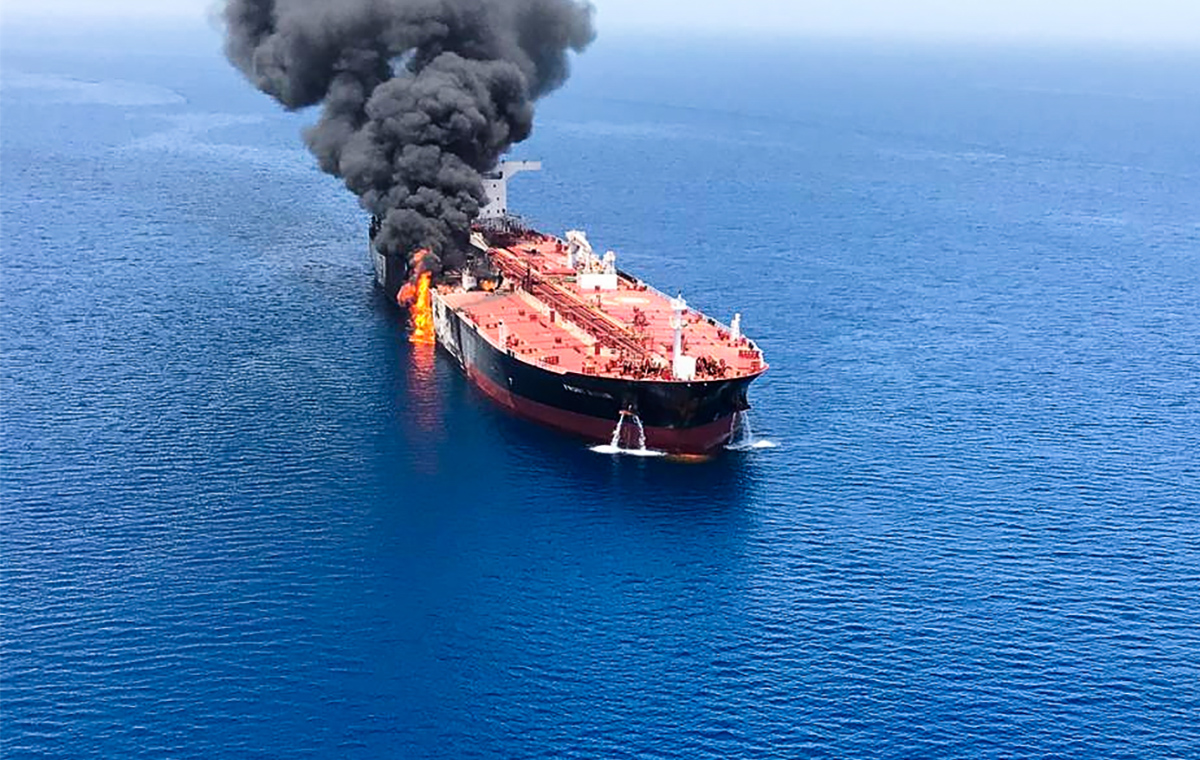Damage on subsea cables in the Red Sea on 24 February has resulted in limited disruption to internet connectivity.
This assessment was issued to clients of Dragonfly’s Security Intelligence & Analysis Service (SIAS) on 28 February 2024.
- We doubt the the Houthis are behind this incident; they seem to have no observable intent to target the cables and little to gain from the disruption
- Further damage to subsea cables in the Red Sea has the potential to cause major disruption to network connectivity
We doubt the Houthis were behind recently-reported damage to underwater cables in the Red Sea. A telecoms provider reported damage to a few sea cables that it manages off the coast of Yemen on 24 February. And international and regional media outlets have subsequently said that the Houthis are the possible perpetrator. The group has denied it, which is unusual. It usually claims its attacks directly. We also understand that dredging or anchor drifting are other plausible causes. While the recent incidents did not appear to result in widespread network disruption, damage to cables in the Red Sea region have previously done so.
Implications for internet connectivity
Damage to subsea cables in the Red Sea has the potential to result in major disruption to network connectivity. That is particularly in parts of East Africa, the Middle East and Asia. The EU has previously described the Red Sea as one of the ‘bottlenecks’ for the bloc’s connectivity with Asia; 16 intercontinental cables reportedly run through it. Cybersecurity firms noted that the cutting of two cables in the region (one where it passes overland in Egypt) in 2022 affected internet connectivity for millions of users for several hours in Africa and the Middle East, particularly in Ethiopia.

The recent incidents did not appear to result in wide-ranging disruption to internet services. Cloudflare Radar, which monitors internet traffic trends, said on 27 February that it did ‘[not] observe any clear changes in internet traffic or latency in potentially affected areas…including Djibouti, Egypt, Kenya and Tanzania’. A cable operator reportedly confirmed outages to its services from Kenya to Egypt starting on 24 February, but said internet traffic was rerouted through alternative paths. The internet connectivity tracker NetBlocks did report on network disruptions in Djibouti between 24-26 February, though.
Analysis of potential causes
It is unclear what was the origin of the damage. The company that manages the cables said that it has begun an investigation. It would appear within the general means of the Houthis to damage the cables. The US on 18 February stated that they have struck an unmanned underwater vessel in Houthi-controlled areas. And waters in the Red Sea, especially around Bab Al-Mandeb, appear to be shallow enough (50-150m) to allow professional divers to cut the cables. But based on a recent EU report on sea cables security, anchor drifting or dredging can also potentially harm the cables.
We are not convinced by a recent flurry of news over the past few days speculating that this was a Houthi attack. Those reports have come from Israeli-based media outlets as well as the international press. This follows regional media outlets reporting in December 2023 and February this year that the group ‘may sabotage Western internet cables’. But these reports cite online accounts that are only allegedly linked to the Houthis, based on our monitoring of those channels.
Houthis do not seem intent on attacking cables
The Houthi do not seem to want to target sea cables. The rebel group has publicly denied these and previous allegations; the Sanaa-based ministry of telecommunications on 27 February said it would ‘keep all submarine cables and its relevant services away from any possible risks’. There seems to be little the group has to gain from hiding responsibility it might have. On the contrary; the Houthis have openly claimed recent attacks on commercial shipping. The group launched at least 62 attacks against a wide range of commercial vessels since October, including Norwegian, Hong Kong and Panama owned.
Image: Norwegian-owned Front Altair tanker said to have been attacked in the waters of the Gulf of Oman, on 13 June 2019. Photo by AFP via Getty Images.




